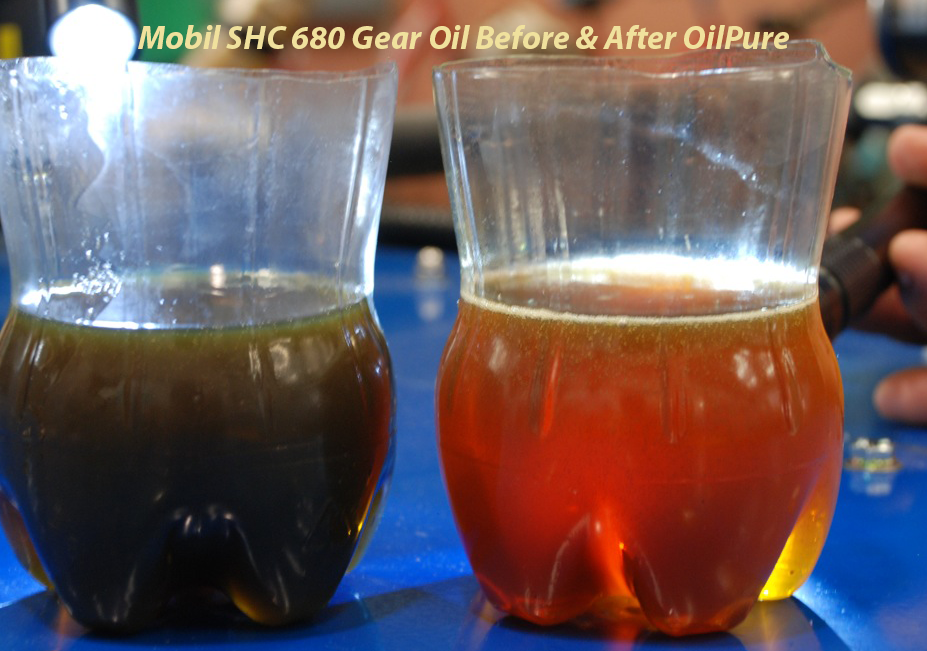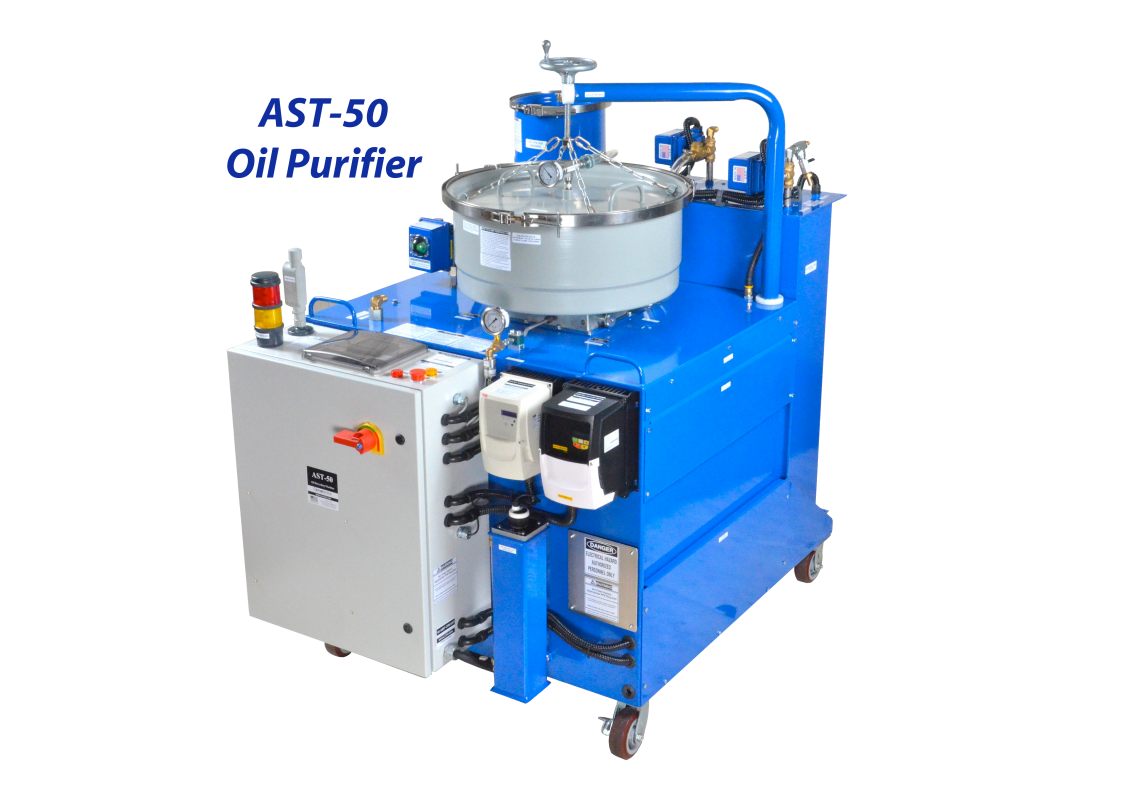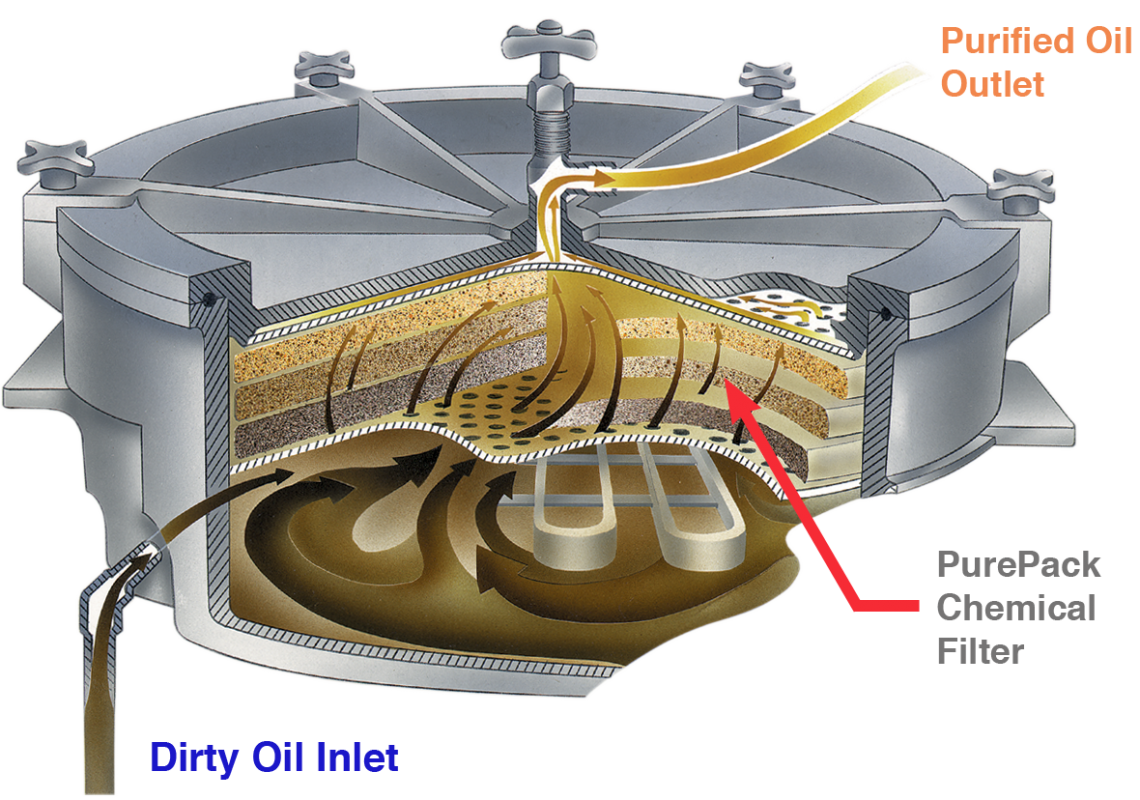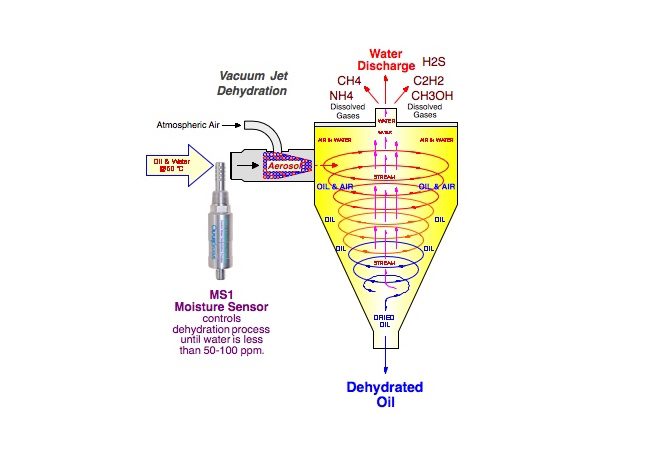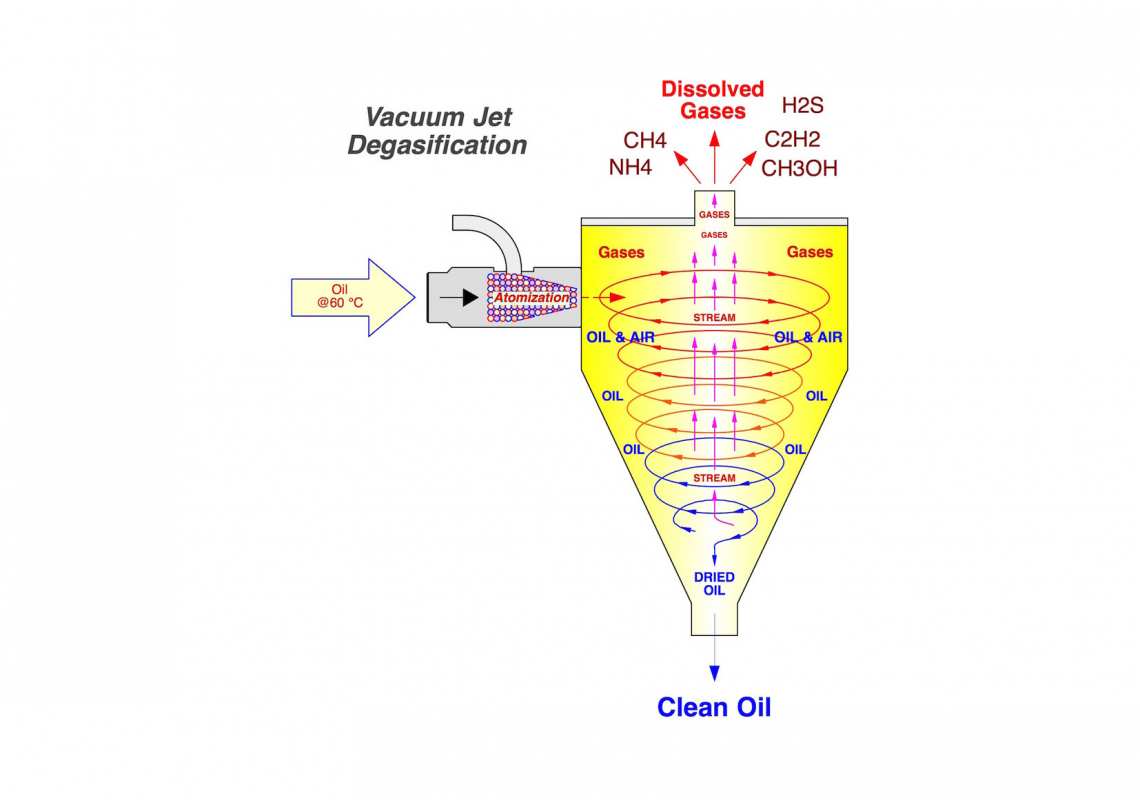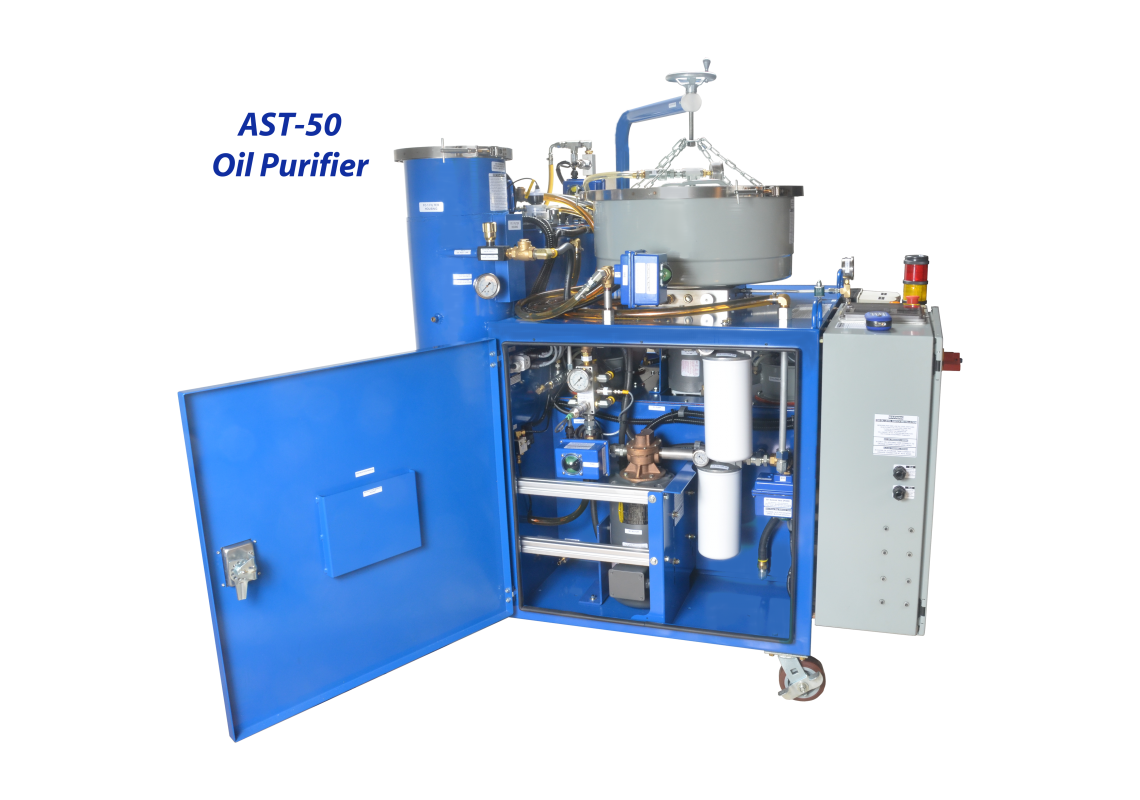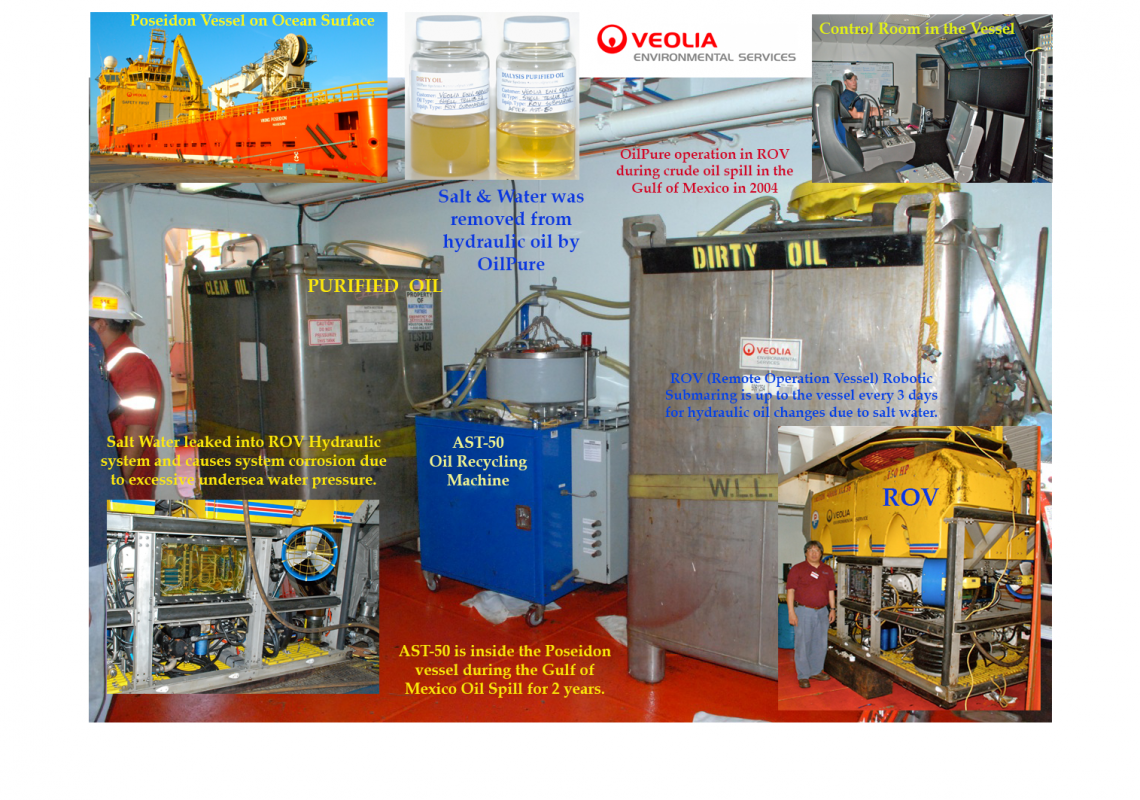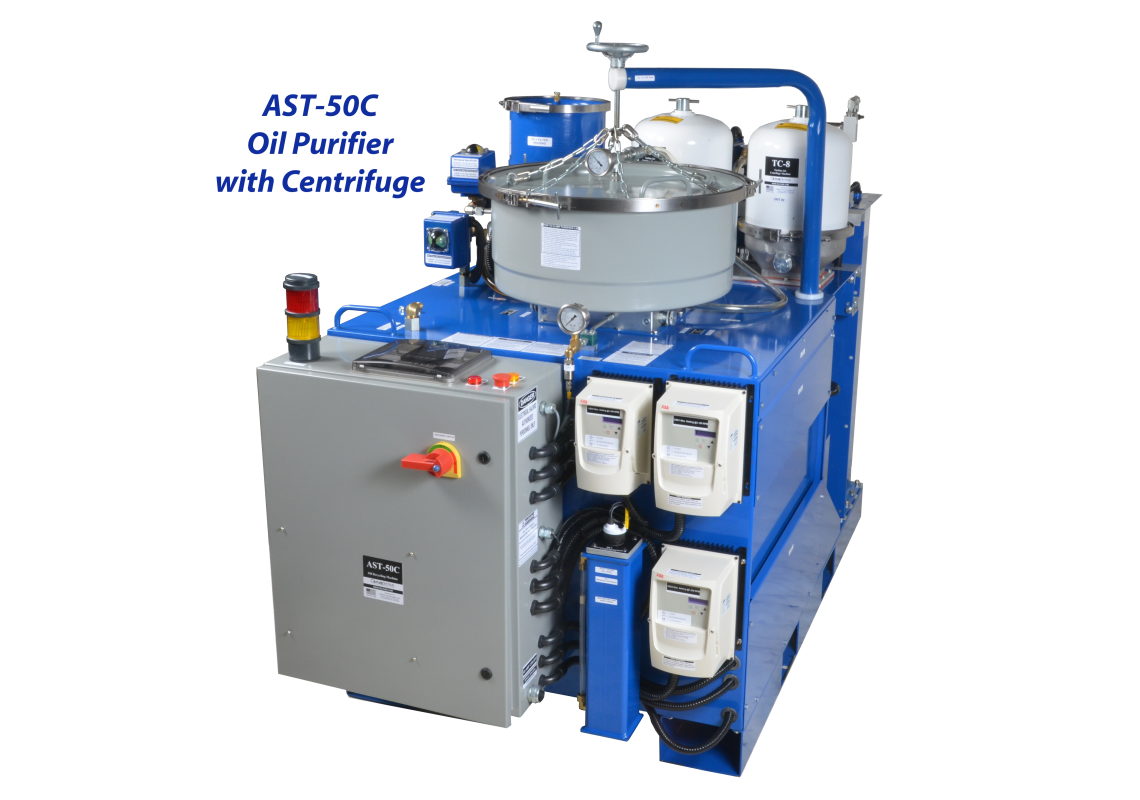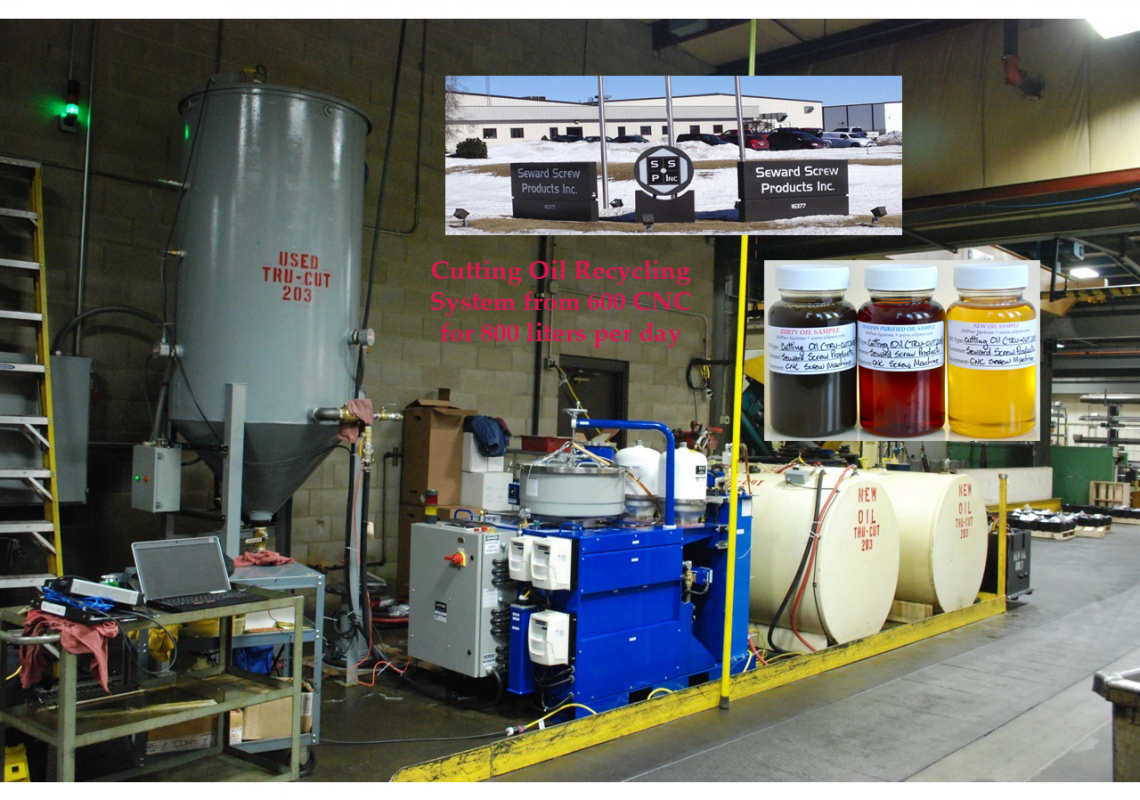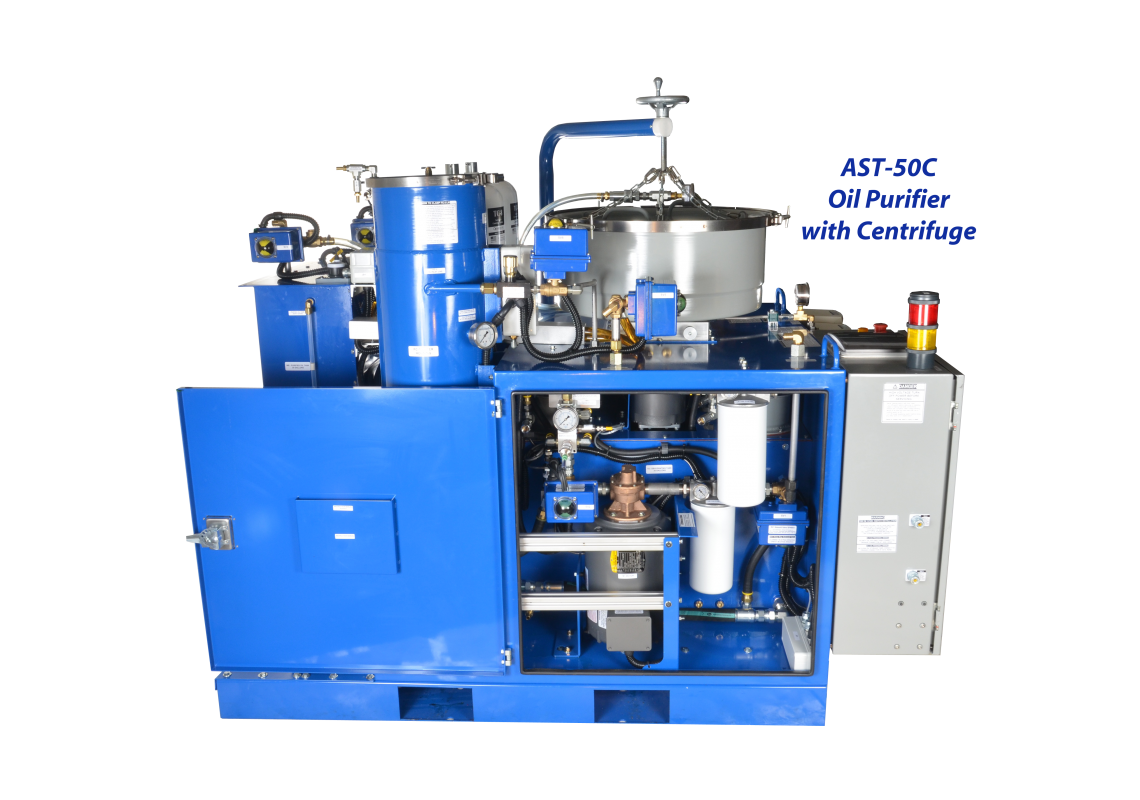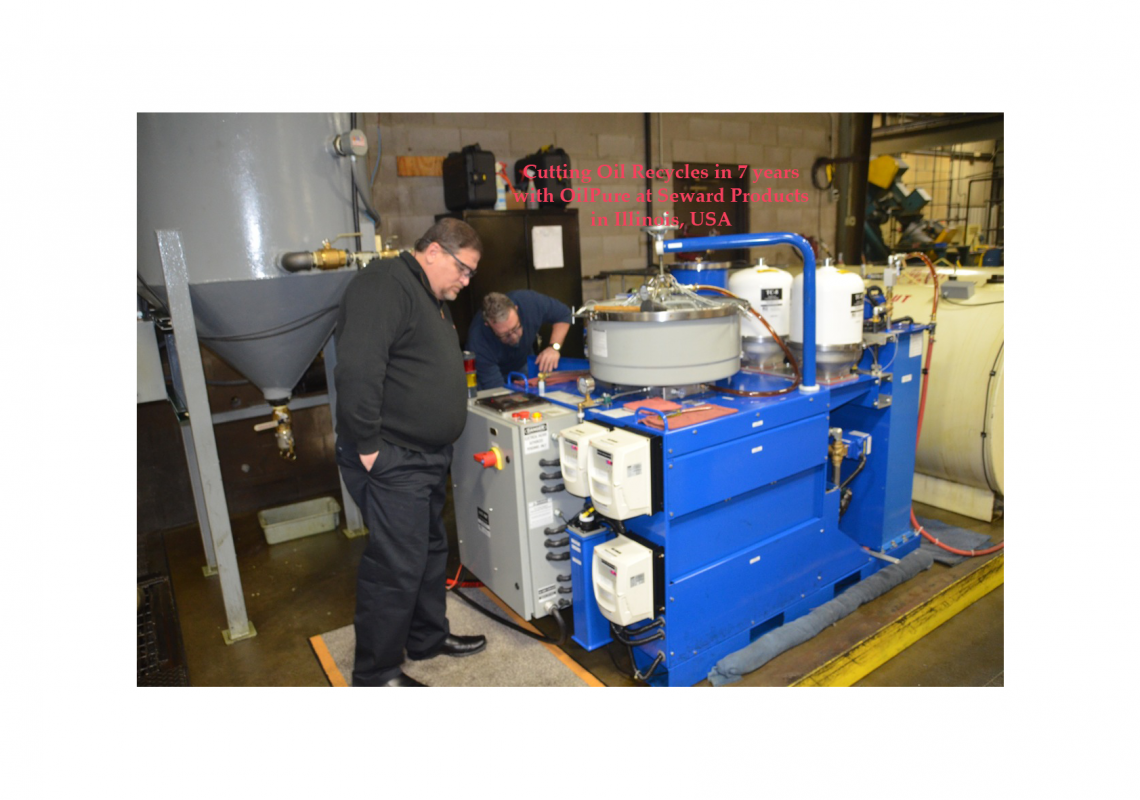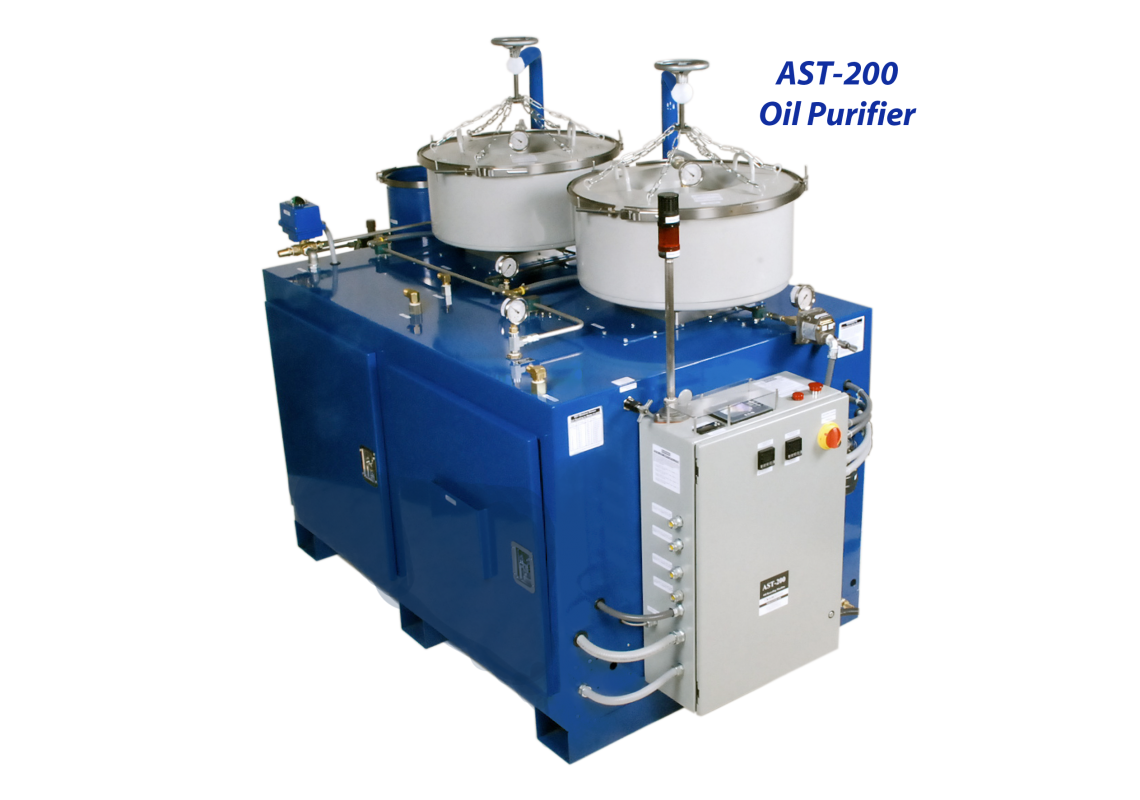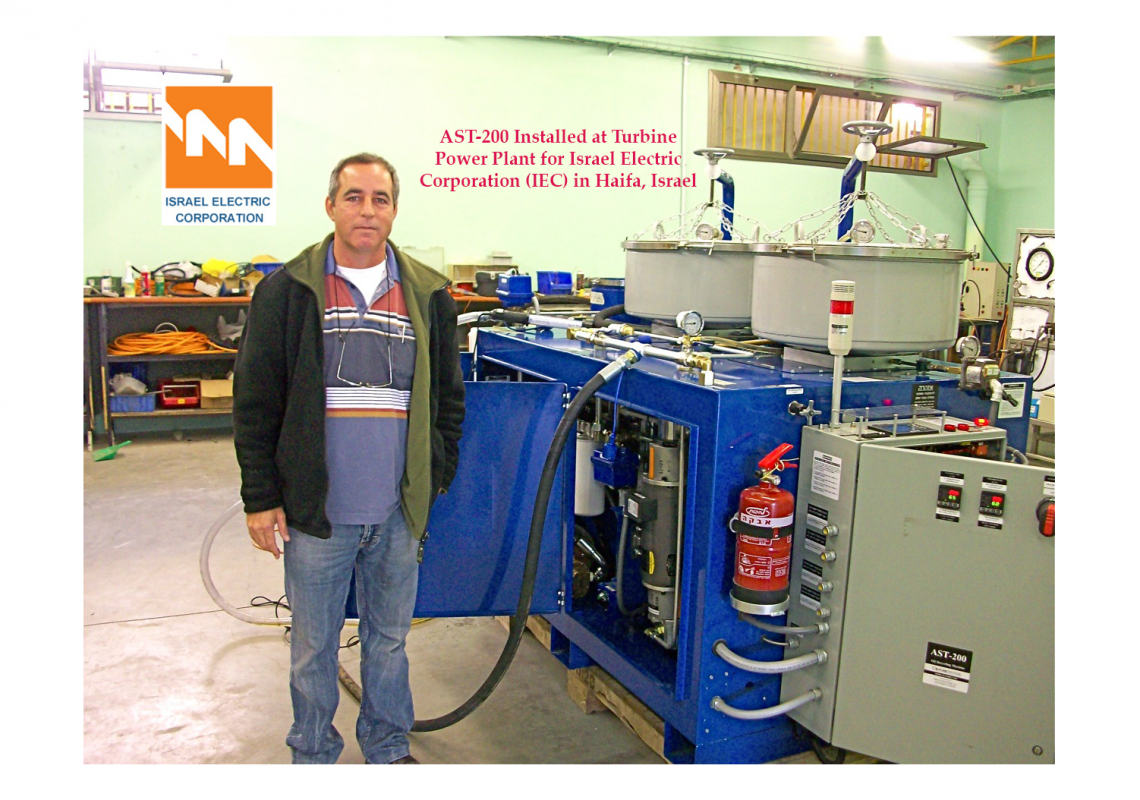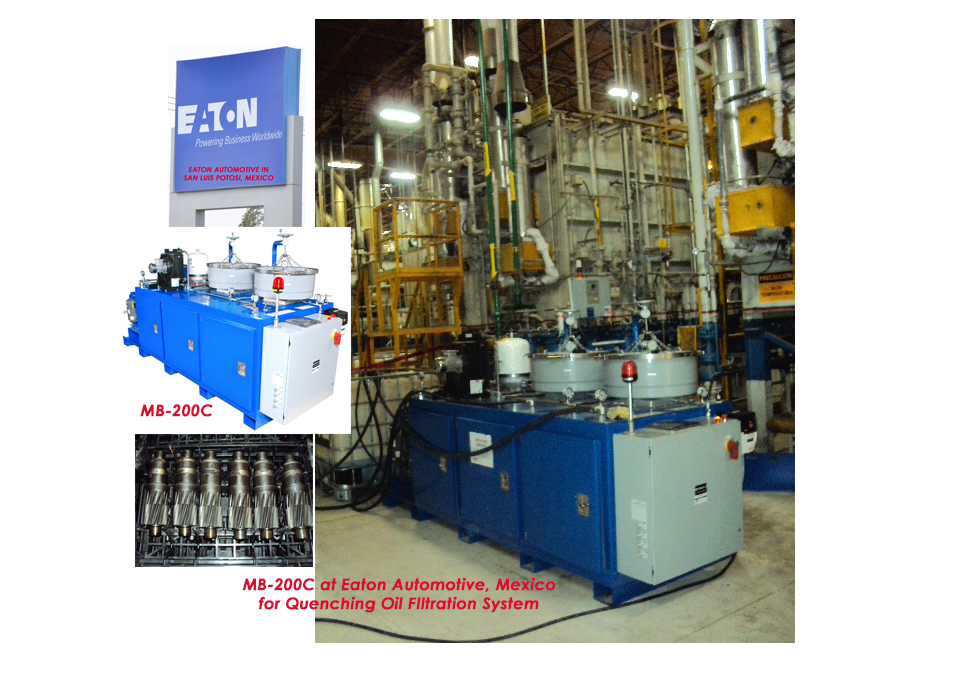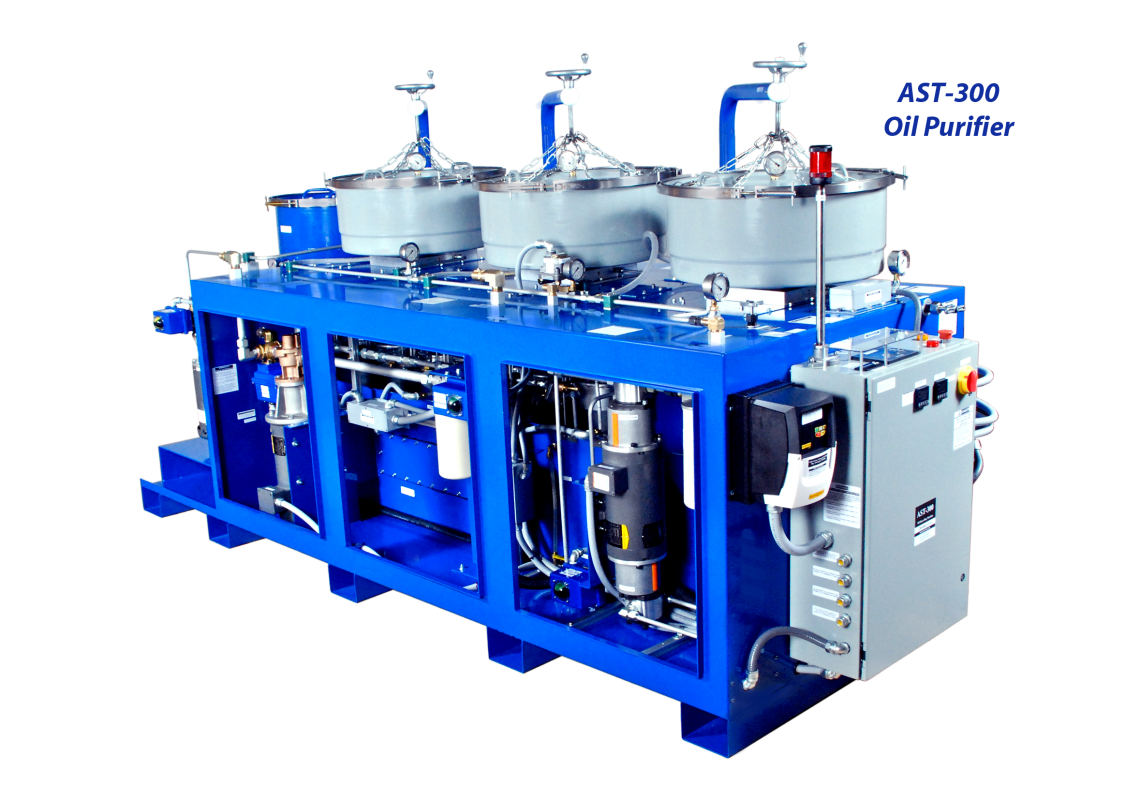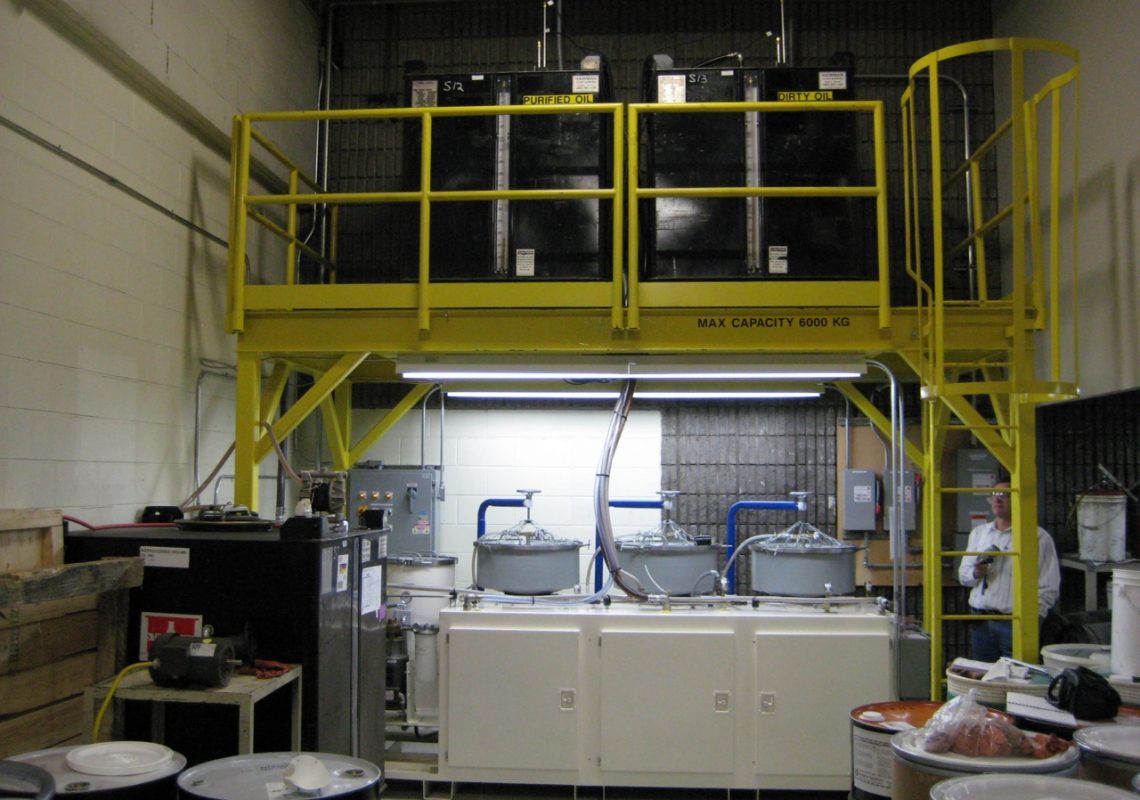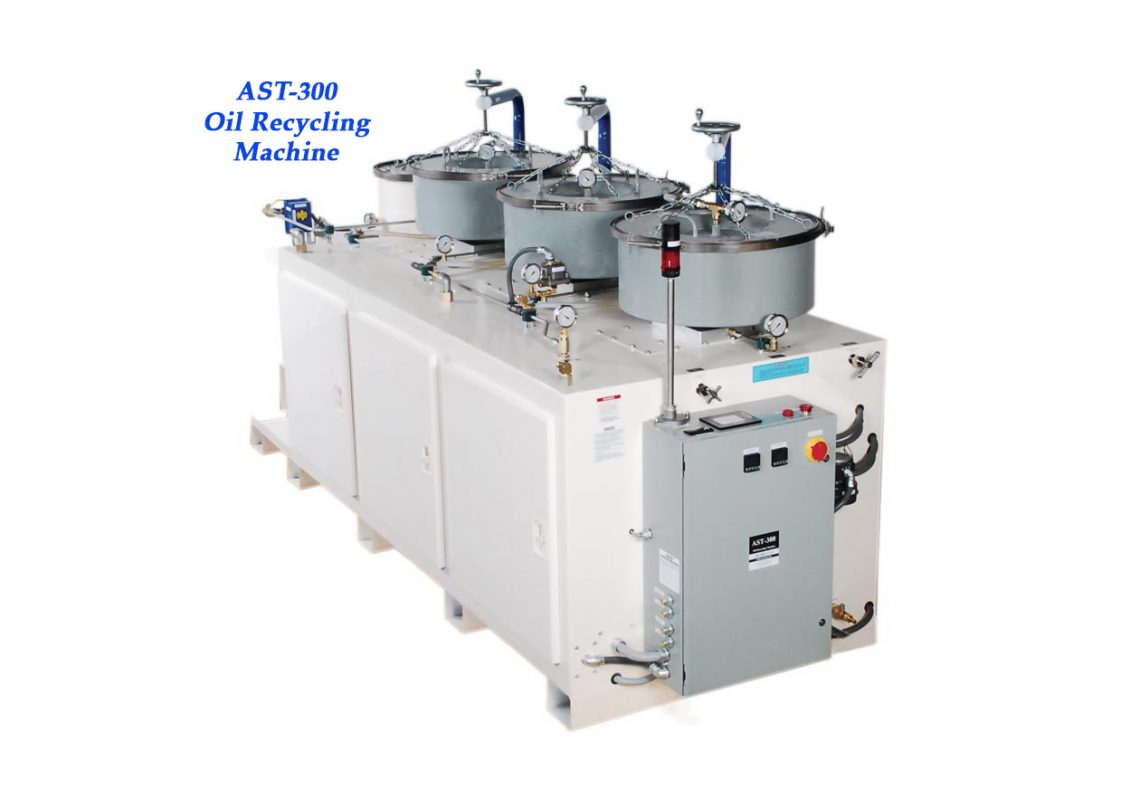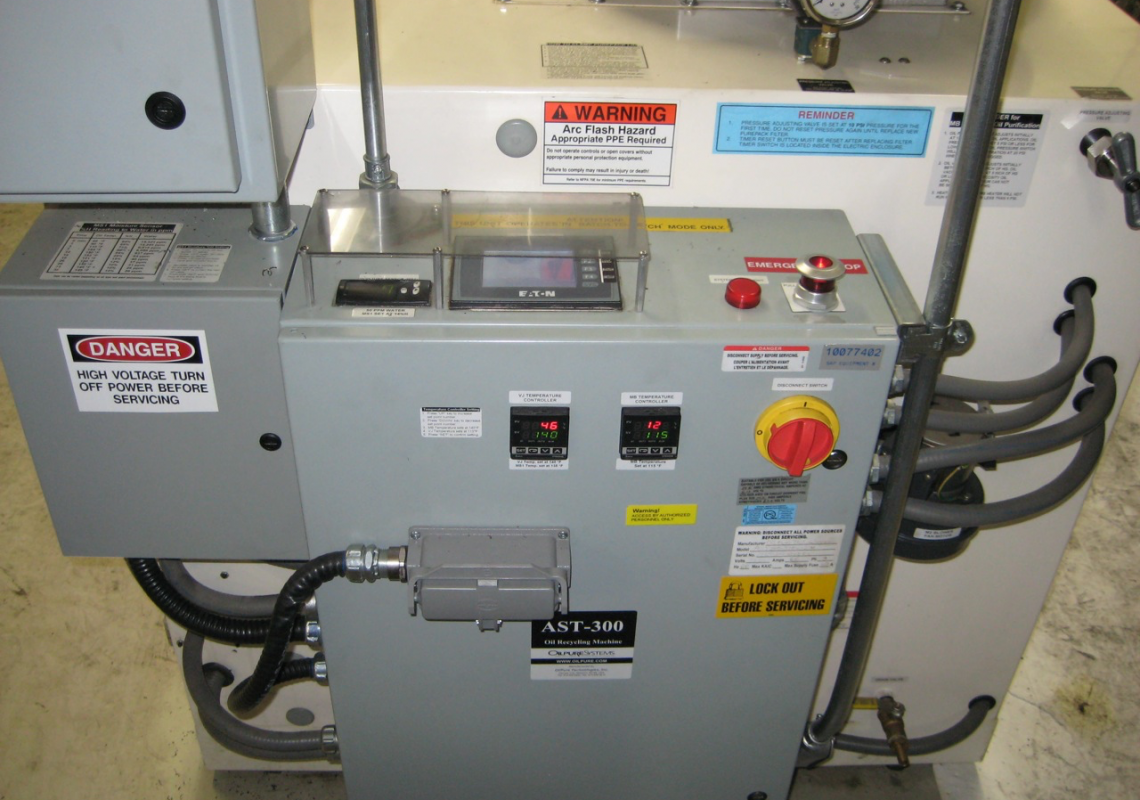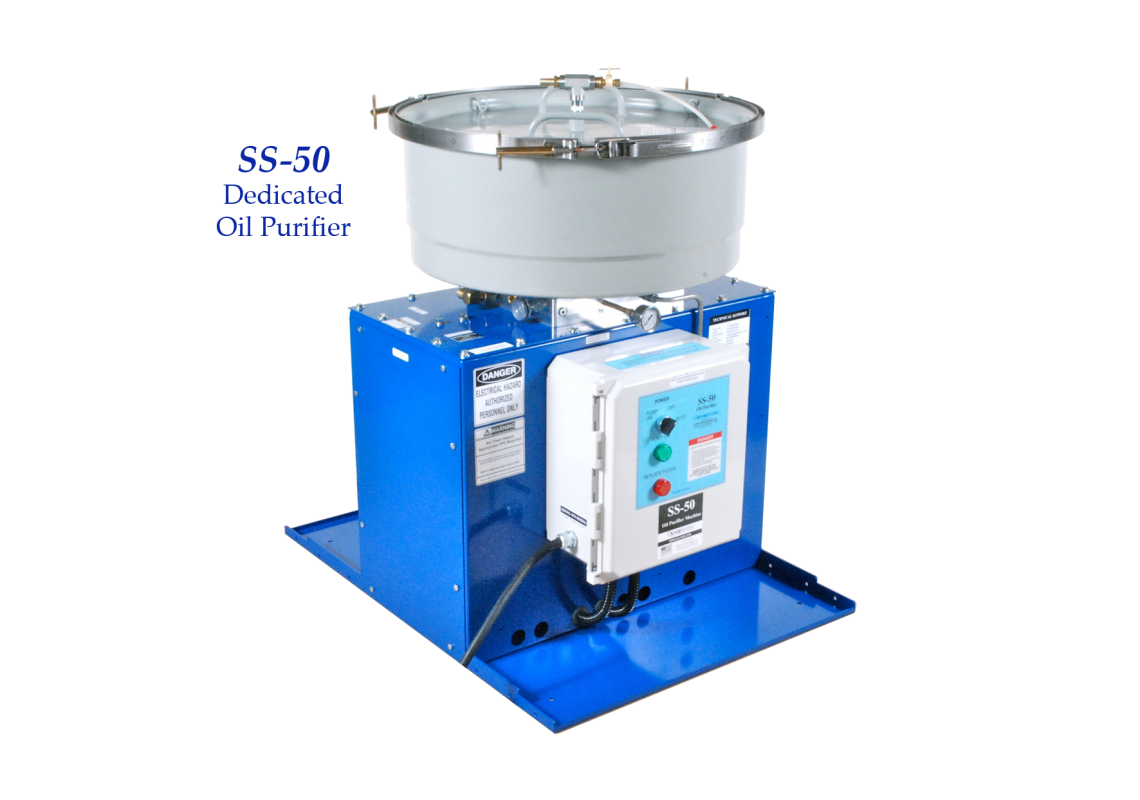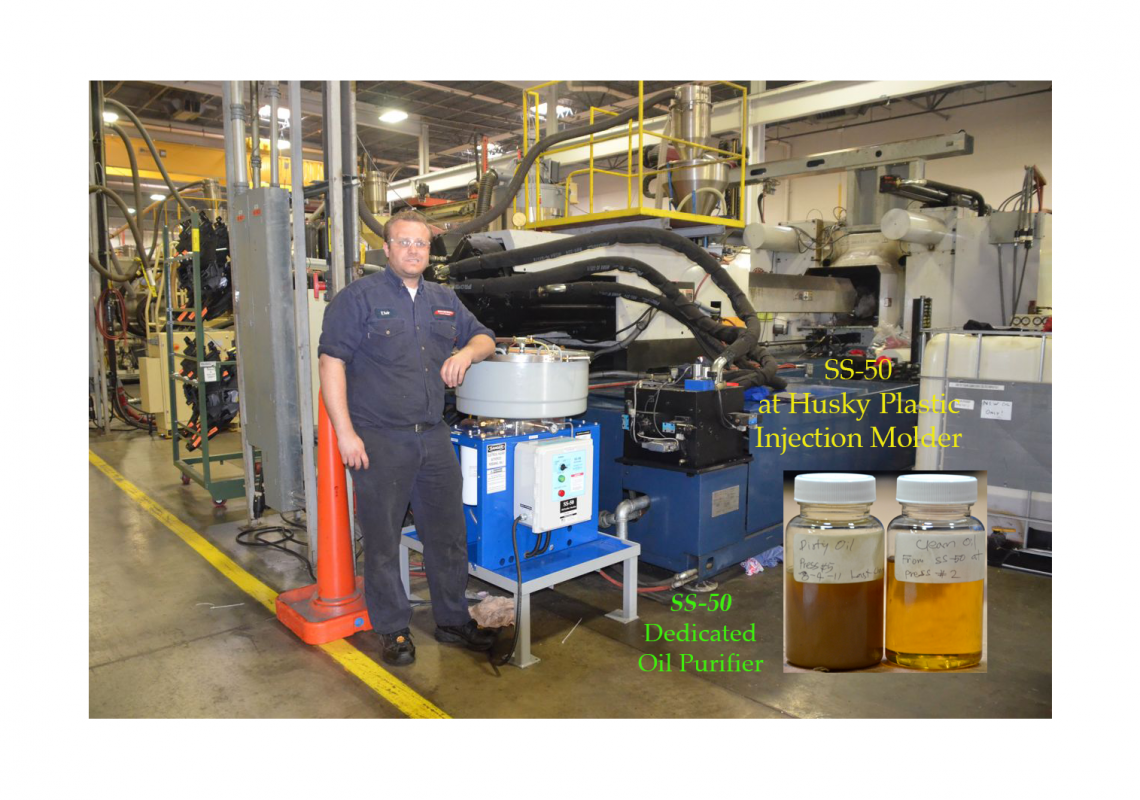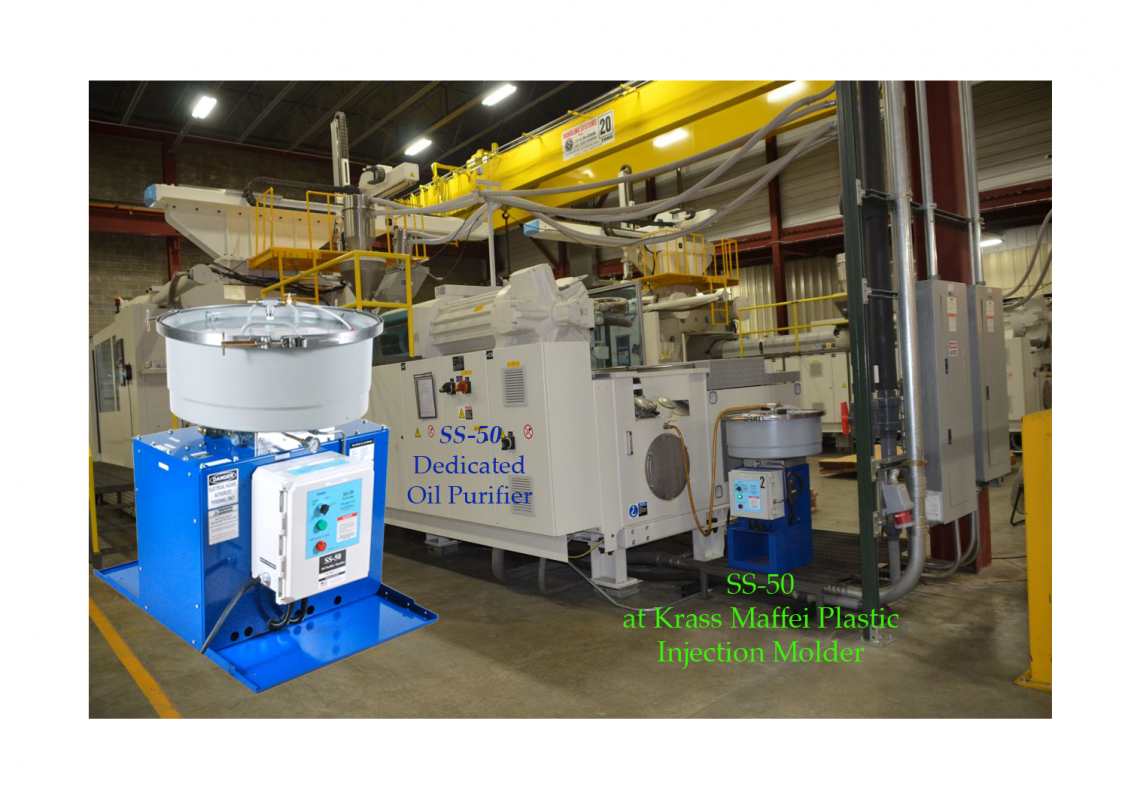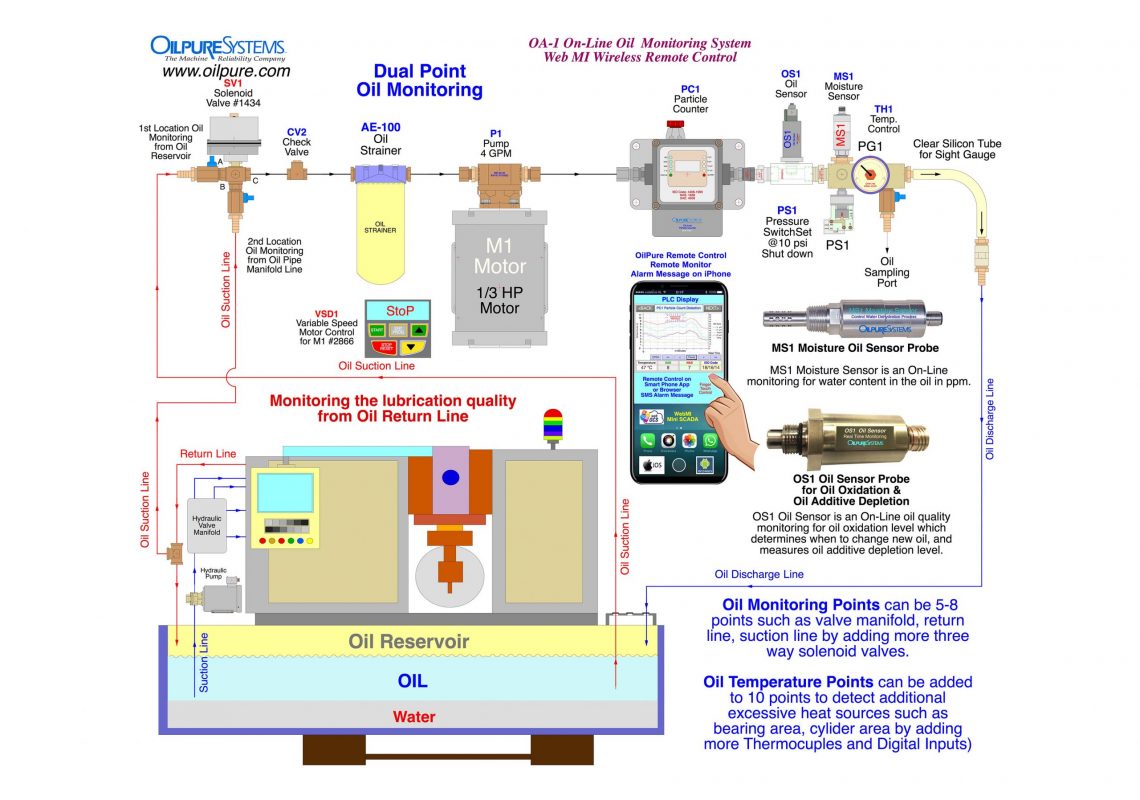2.1.5 Failure of Ion Exchange (IOX)

Problem of Ion Exchange Filter (IOX)
Ion Exchange Filter (IOX) is made of Ion Exchange Resin or Polymer. It is a Crosslinked Polystyrene Sulfonate having Insoluble Matrix size 0.25 -0.50 mm. IOX is very porous material having high surface are to attach other Ion group. IOX composes of two type: Cation + and Anion – Resins. Ion Exchange Resin is primarily designed to filter water.

Ion Exchange Resin was developed by Pete Dufresne Sr. 25 years ago from Canada initially using IOX with Phosphate Ester and PAG (Polyalkylene Glycol) to absorb Acidity from these two synthetic oils successfully. Ion Exchange Resin is packed in a Cartridge and allow oil to pass through the IOX Resin in an attempt to remove oil acidity. Then the oil will pass through a Pleated Cartridge Paper Filter to remove solid particulate.
- Problem of Ion Exchange and Misunderstanding of how to use them:
- Ion Exchange is excellent to remove oil acidity from synthetic oil such as Phosphate Ester and PAG (Polyalkylene Glycol) because they are high Polar Compound. But IOX is not suitable for Mineral Oil Group 1 or Group 2 due to their low Polar Compound. Even though the IOX supplier claims that IOX can work with Mineral oils but there is no good scientific document confirm to their claim.
- Ion Exchange is not capable of removing Varnish or oil Oxidation or reduce oil acidity from Mineral Oil of Group 1 and Group 2 or very little effect on these type of base oils due its Low Polar Compound. Especially Transformer Oil almost has no effect on Varnish or oxidation or acidity because it is Non Polar Compound. There is no Ionic Process occurred in the Non Polar Environments.
- Varnish has high Polar Compound causing oxidation reaction from base oil. However, Ion Exchange needs Ionic Substrate to initialize the Charge Separation so Varnish can be reacted or exchanged out from oil. Another idea is that Varnish Oxidation caused by Free Radical Phenomenon, not the Ion Mechanism. Therefore, the Exchange of Ion can not interchange one another ions.
- Ion Exchange Resin is made of water so there is 70% of water within Ion Exchange Resin itself. When there is an Ion Exchange Reaction, Water Molecule will be counteracted or exchanged so water is moving out of Resin in to the oil in order to avoid the Side Effect of reaction of energy flow. Another problem of IOX is that after Varnish is removed from oil, there is a need to use Vacuum Distillation to remove Water from IOX in the oil as a secondary process. IOX supplier claims that the releasing water will eventual disappear from oil by itself. Actually Water or H2O in the oil becomes Hydroxyl or (OH)– or Hydrogen and Oxygen in the oil. Water does not actually disappear.
- IOX Filter uses very small Surface Area filter to remove Solid Particulate. There is no enough dirt holding capacity and conduct Oil Cleanliness Level at ISO Code 20/18/16 or NAS 9. IOX supplier claims that NAS Class 3-5 can be achieved. But there is no evident showing that it can be easily done.
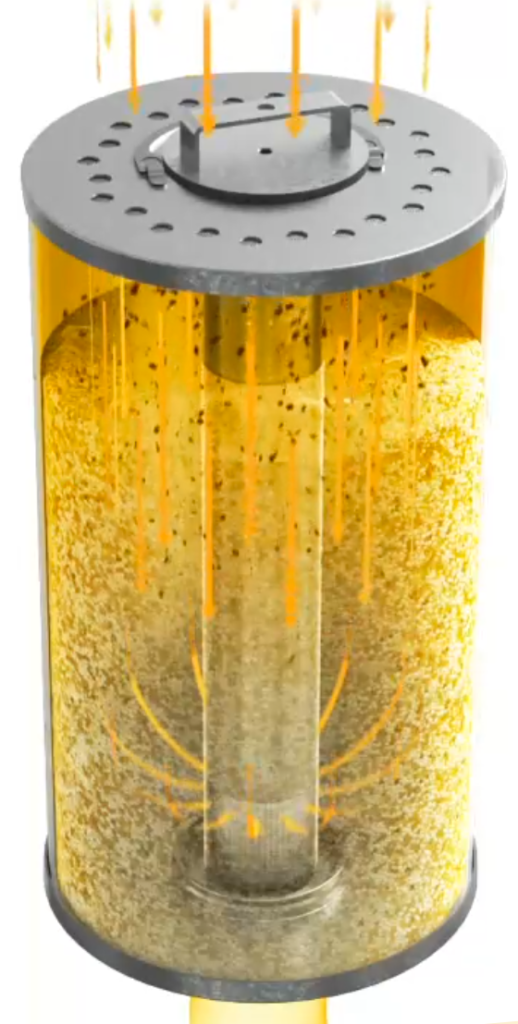
Ion Exchange Resin

Particulate Filter
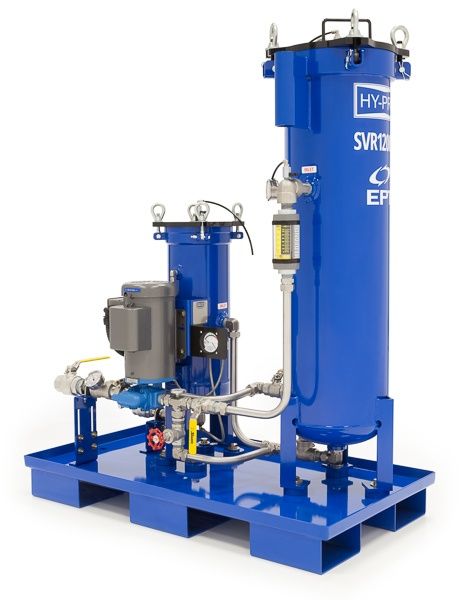
Ion Exchange Filter Unit
The above information is based on our experiences with users and their comments who wishes the manufacturer can improve their products. Please review with good discretion.
- Contact Information:
- P.O. Box 483976 • Kansas City • Missouri 64148 • USA • LINE ID: oilpure
- Tel: 913-906-0400 • Mobile: 913-522-0272 • WhatsApp: 1-913-522-0272 for International call
© Copyright, August , 2021
Document and information in this website is a proprietary information belonging to OilPure and is not allowed to reveal to public without OilPure consent.
